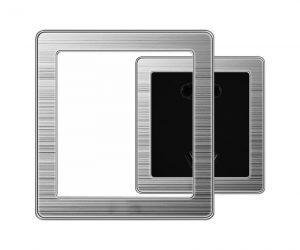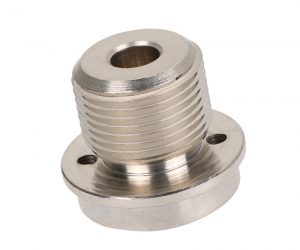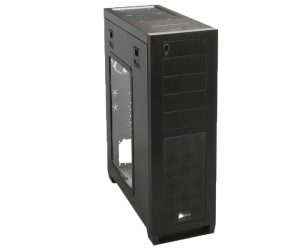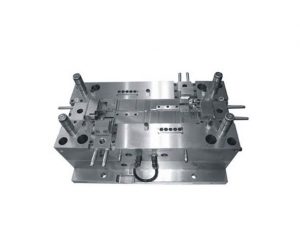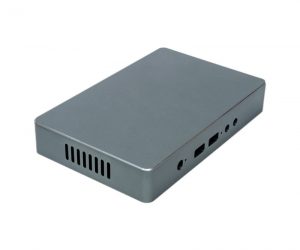Injection molding is a super flexible and widely used way to make lots of different plastic stuff. It's all about shooting hot, melted plastic into a mold under high pressure, letting it cool down and solidify, and then you get the product you want. Here’s a simple guide to injection molding:
Types of Products Made by Injection Molding
You can make anything from tiny, detailed bits to big, complicated parts. For example, car parts like bumpers and dashboards, everyday items like bottles and toys, electronic cases, medical devices, kitchen stuff like containers and utensils, and industrial components.
Picking the Right Material
Injection molding works with tons of different plastic materials, each with its own special traits. You choose the material based on what your product needs—like how strong it should be, how resistant it is to chemicals, how well it handles heat, and how it looks.
Design Tips
When designing something for injection molding, you need to think about things like draft angles, wall thickness, where the gates will be, and parting lines. This ensures the mold works well and the final product looks good. Following design rules that make manufacturing easier is key.
Making the Mold
Creating the mold is a big deal. The mold has a core and a cavity that shape the final product. Sometimes, it also has slides, inserts, and ejector pins to help with the process.
How It Works
The injection molding process has several steps: feeding the material, melting it, injecting it, cooling it down, solidifying it, and finally ejecting it. Each step needs to be just right to keep the quality consistent.
Checking Quality
Making sure the products meet the standards is crucial. They regularly check everything during production, measure sizes, and test materials.
Making Prototypes
Before making lots of them, they often make a prototype to check if the design works. Quick and cheap ways to make these prototypes include 3D printing and CNC machining.
Mass Production
Injection molding is great for making lots of products at once. Once the mold is ready, the process can be mostly automated, which cuts costs and speeds up production.
Less Waste
This method doesn’t waste much material because leftovers can be ground up and reused later. It’s pretty eco-friendly.
Surface Looks
You can get different finishes with injection molding—from shiny and smooth to textured or matte. It depends on how the mold is treated and the material used.
Customizing Products
You can add logos, textures, and other features directly into the mold design to customize products.
Where It’s Used
Injection molding is used in many fields like cars, electronics, medicine, consumer goods, aerospace, and more. Its versatility makes it a favorite for many types of products.
To sum up, injection molding is a really adaptable, efficient, and cost-effective way to make plastic products. Knowing about design, materials, molds, and quality checks is important for making this process work well. By using injection molding, manufacturers can quickly create high-quality products and meet different market needs.
Introduction:
Injection molding is a manufacturing process widely used in various industries to produce various products. This comprehensive guide will provide an overview of injection molded products, injection molding processes, applications, design considerations, quality control, and sustainability.
Injection molding is a manufacturing process that creates complex shaped products by injecting melted plastic material into a mold, then cooling and solidifying it. It is widely used in industries such as automotive, electronics, medical, and household appliances to produce various parts and components.
During the injection molding process, plastic particles are first heated to a molten state and then injected into a pre designed mold through an injection machine. A mold usually consists of two parts: a fixed mold and a moving mold. When the melted plastic enters the mold, the moving mold closes, creating a closed space where the plastic can fill the entire mold. Subsequently, the cooling system in the mold begins to work, rapidly cooling and solidifying the plastic, ultimately forming the desired product.
Injection molding has many advantages. Firstly, it can produce products with complex shapes and structures without the need for additional processing steps. Secondly, injection molding can achieve large-scale production and improve production efficiency. In addition, injection molding can achieve precise size control and good surface quality.
However, injection molding also has some challenges and considerations. Firstly, mold design and manufacturing are key to injection molding. The mold needs to accurately replicate the shape and structure of the product, and must be able to withstand high temperature and high pressure conditions. Secondly, injection molding requires strict control of parameters such as temperature, pressure, and time to ensure the stability of product quality. In addition, injection molding also needs to consider the selection and recycling of raw materials to achieve sustainable development.
In short, injection molding is a manufacturing process widely used to produce various products. For those engaged in related industries, understanding injection molding products, processes, applications, design considerations, quality control, and sustainability is crucial. By selecting and applying injection molding technology reasonably, production efficiency can be improved, costs can be reduced, and constantly changing market demands can be met.
Understanding Injection Molding Products:
Injection molding is a manufacturing process that involves injecting molten material into a mold to create a custom product. There are several types of injection molding products, each with unique properties and advantages. The process offers several benefits, including precision, consistency, and cost-effectiveness.
The Injection Molding Process:
The injection molding process involves several steps, including material preparation, injection molding machine setup, injection, cooling, and ejection. Materials used in injection molding include thermoplastics, thermosets, and elastomers.
Applications of Injection Molding Products:
Injection molding products are widely used in various industries, including automotive, electronics, medical, and consumer goods. The process offers versatility and precision, making it ideal for creating complex parts.
Designing Injection Molding Products:
Designing injection molding products requires careful consideration of various factors, including design considerations, mold design, material selection, and prototyping and testing. Proper design can help reduce costs, improve product quality, and optimize manufacturing processes.
Quality Control in Injection Molding:
Quality control is an essential aspect of injection molding, ensuring that products meet strict standards for quality and consistency. Quality control measures include inspection and testing, process monitoring, and defect analysis and prevention.
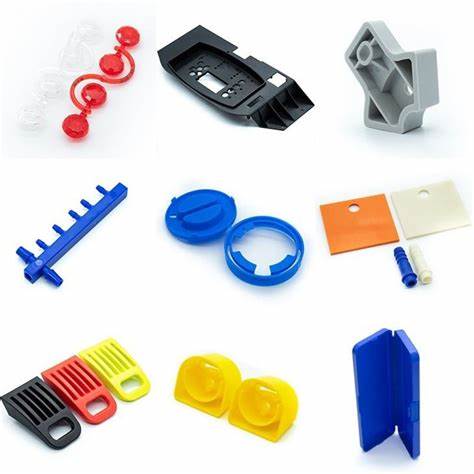
Sustainability in Injection Molding:
Sustainability is becoming increasingly important in the manufacturing industry. Injection molding offers several opportunities for sustainability, including the use of sustainable materials, energy efficiency, and waste reduction and recycling.
Conclusion:
Injection molding products are super versatile, really precise, and cost-effective. That's why they're a top pick in many industries. When manufacturers get a handle on the injection molding process, design factors, quality checks, and eco-friendliness, they can fine-tune their production lines. This way, they make high-quality, green products.
